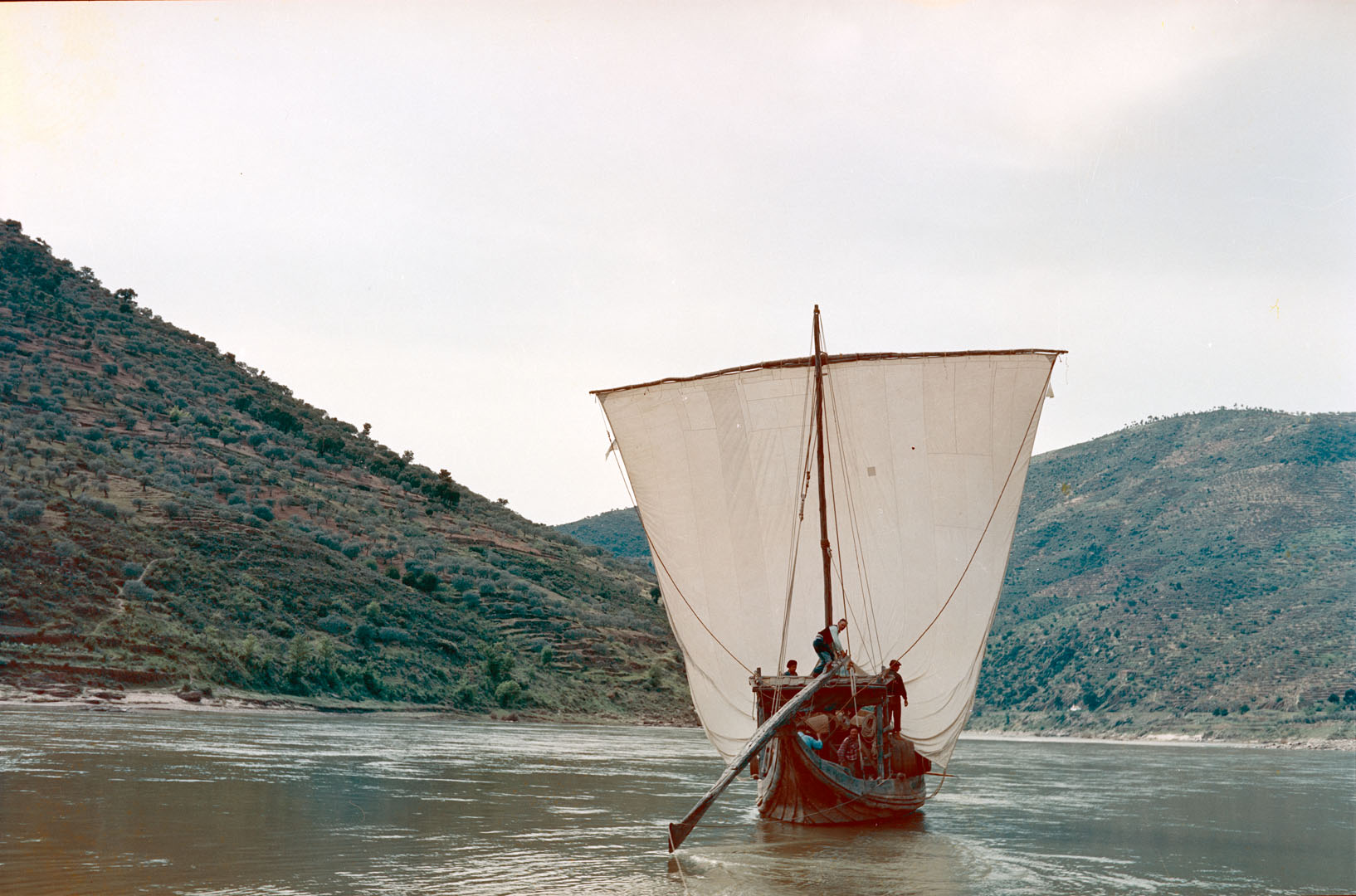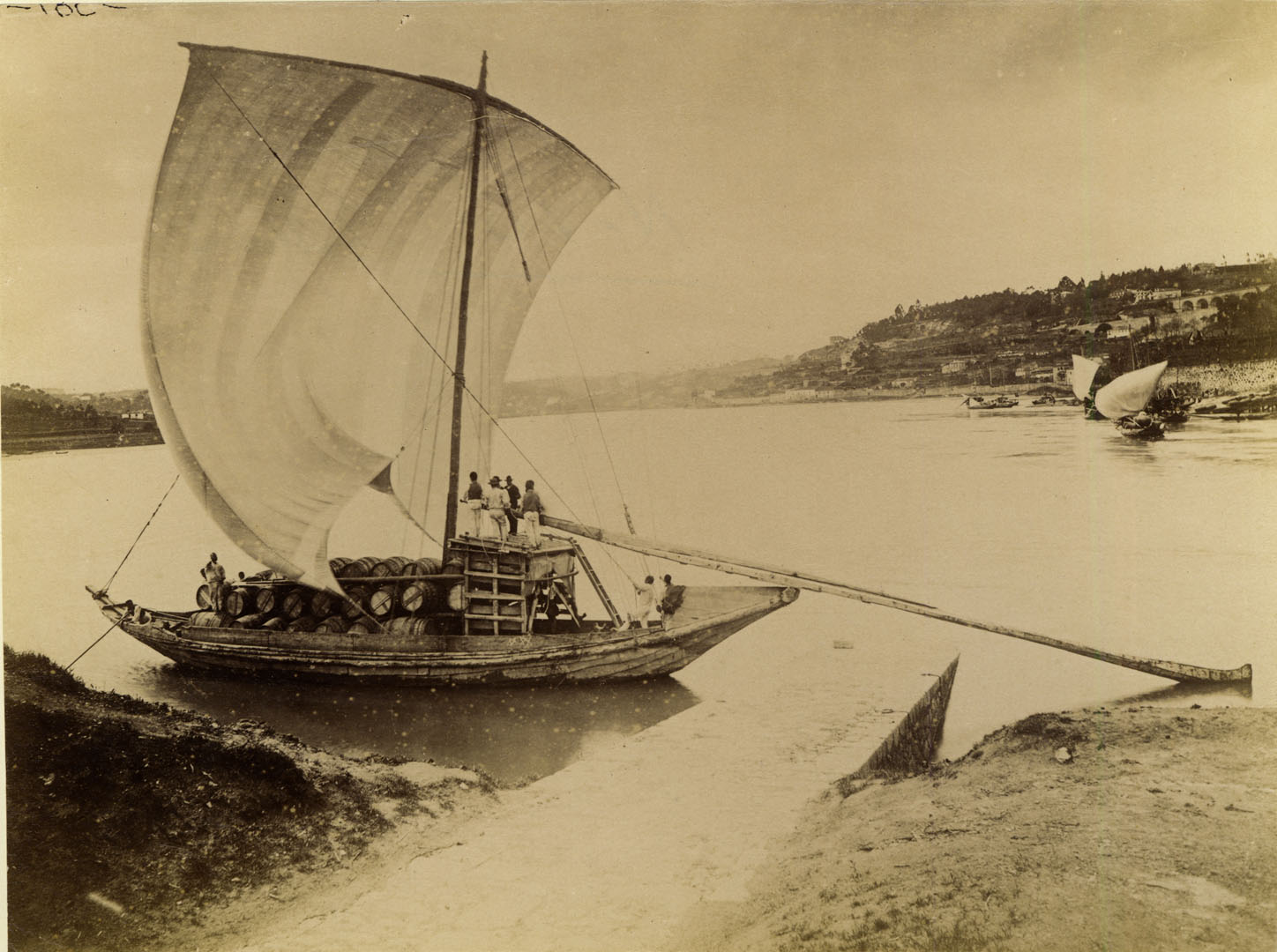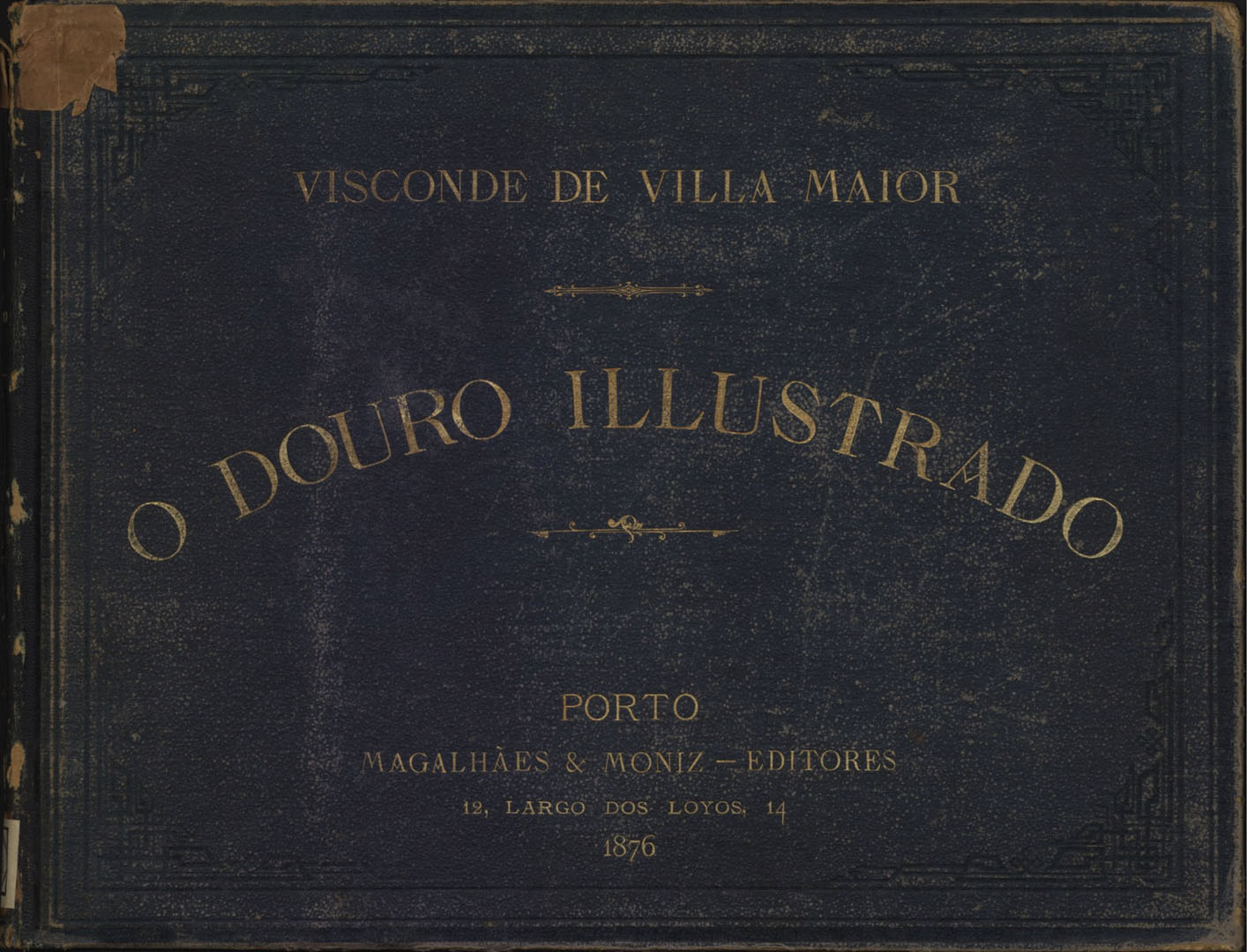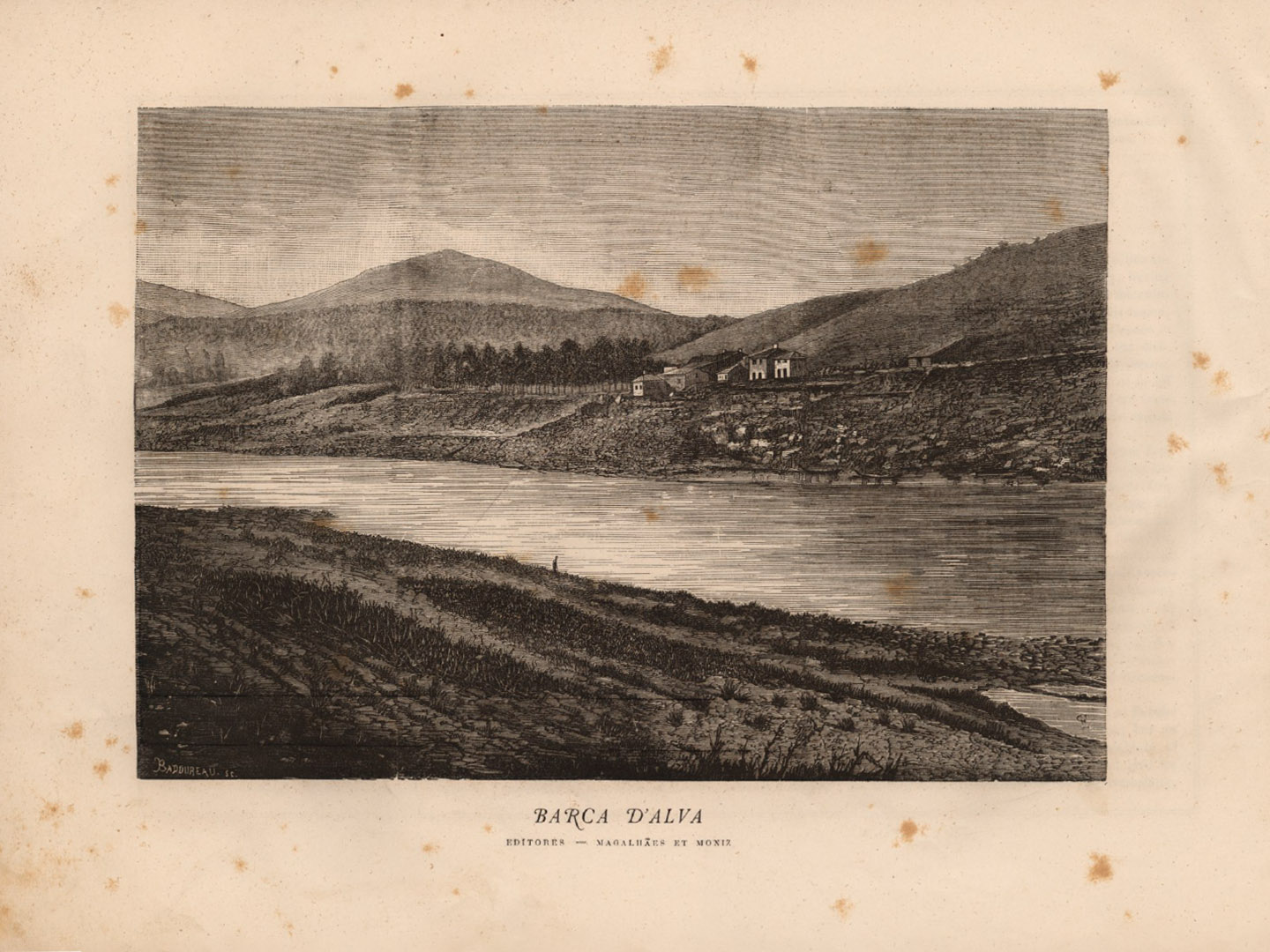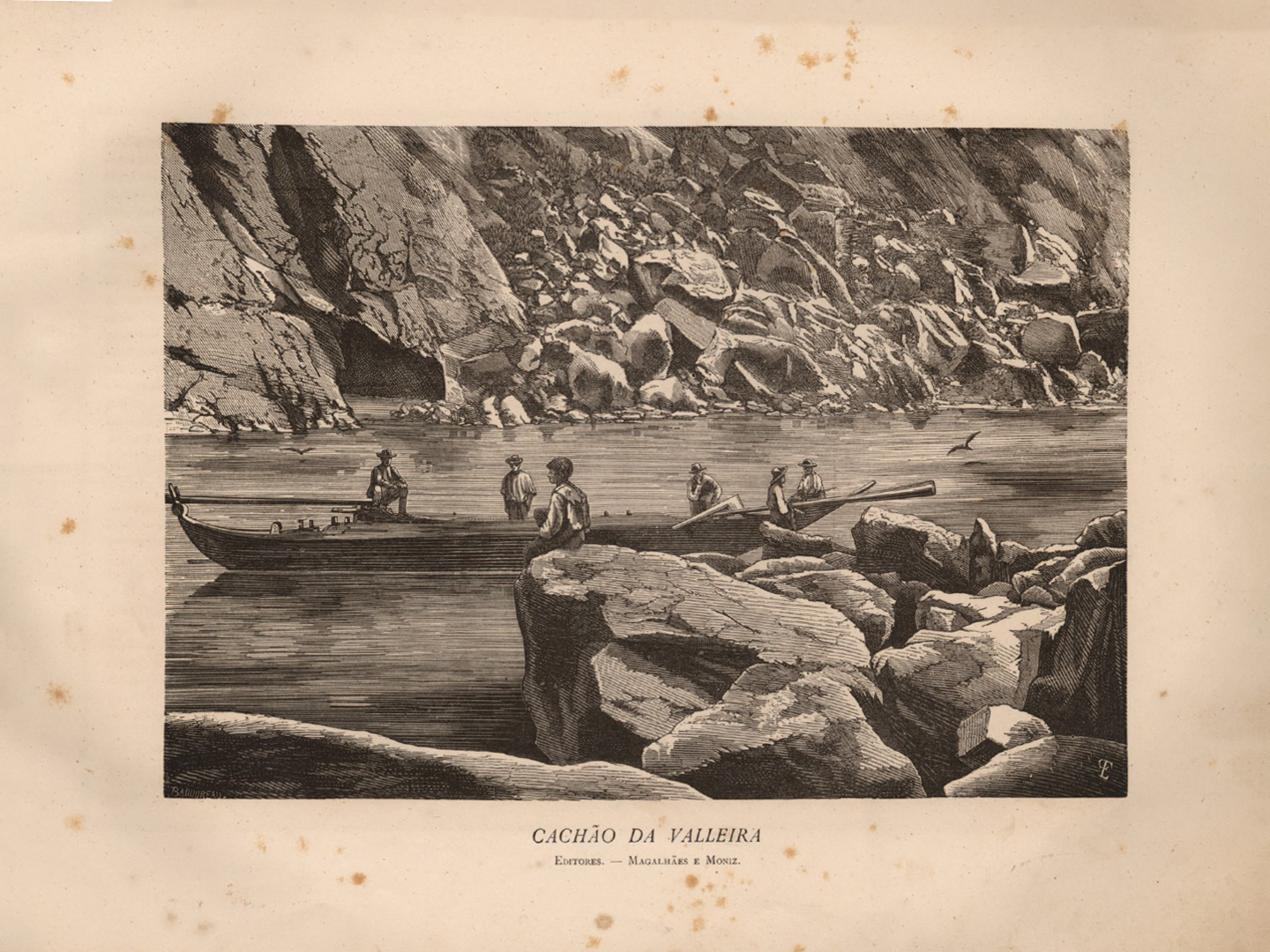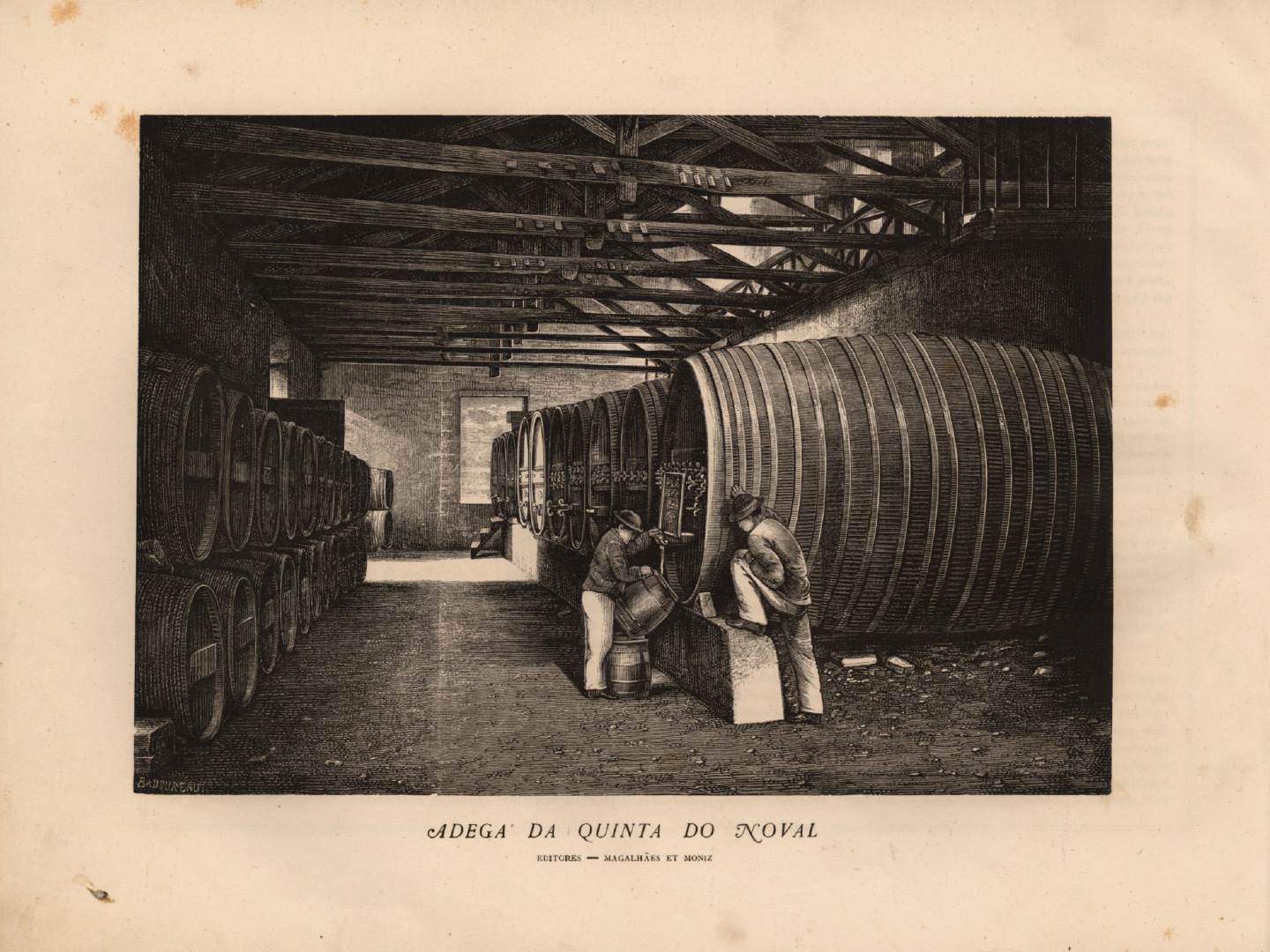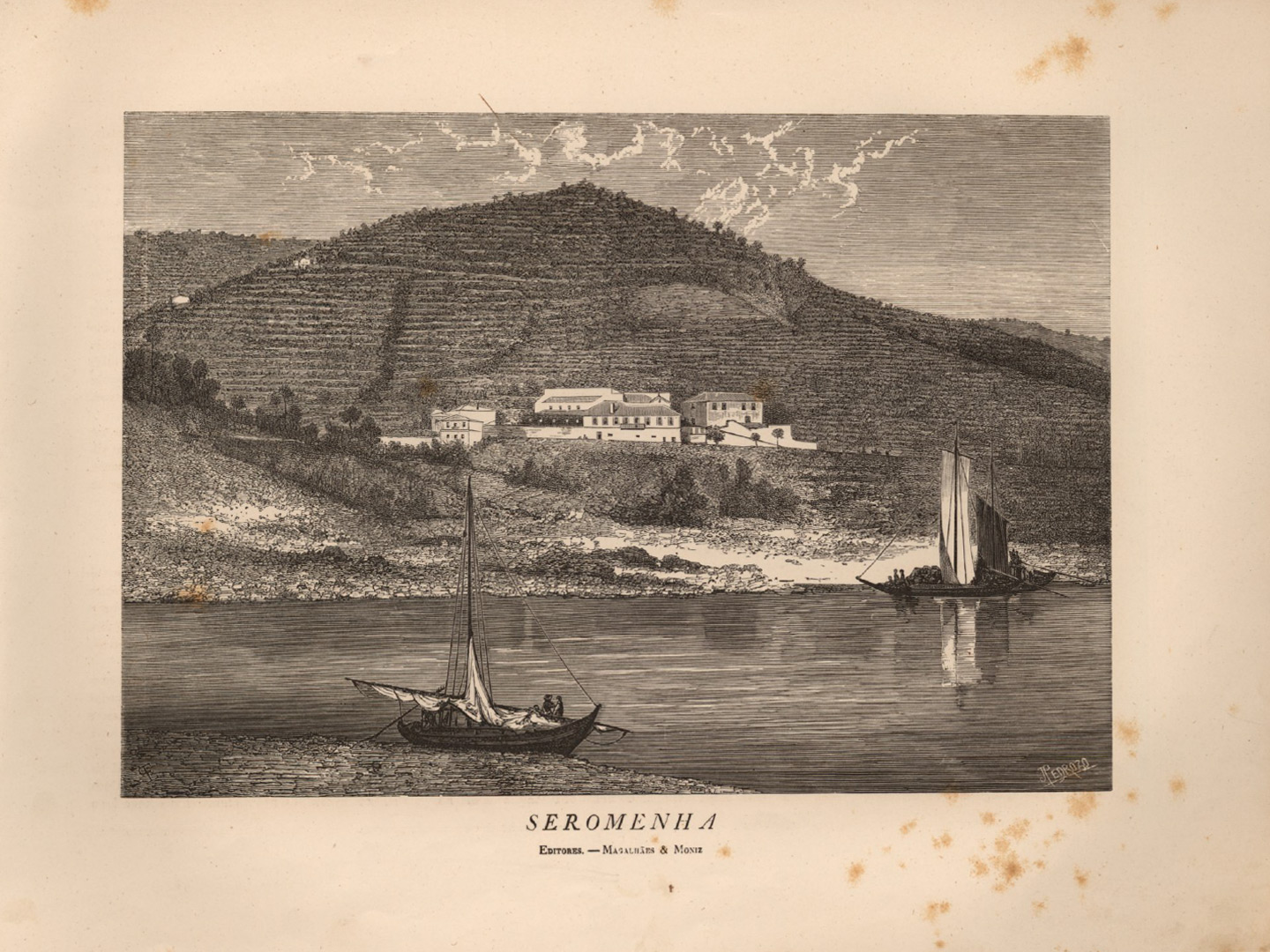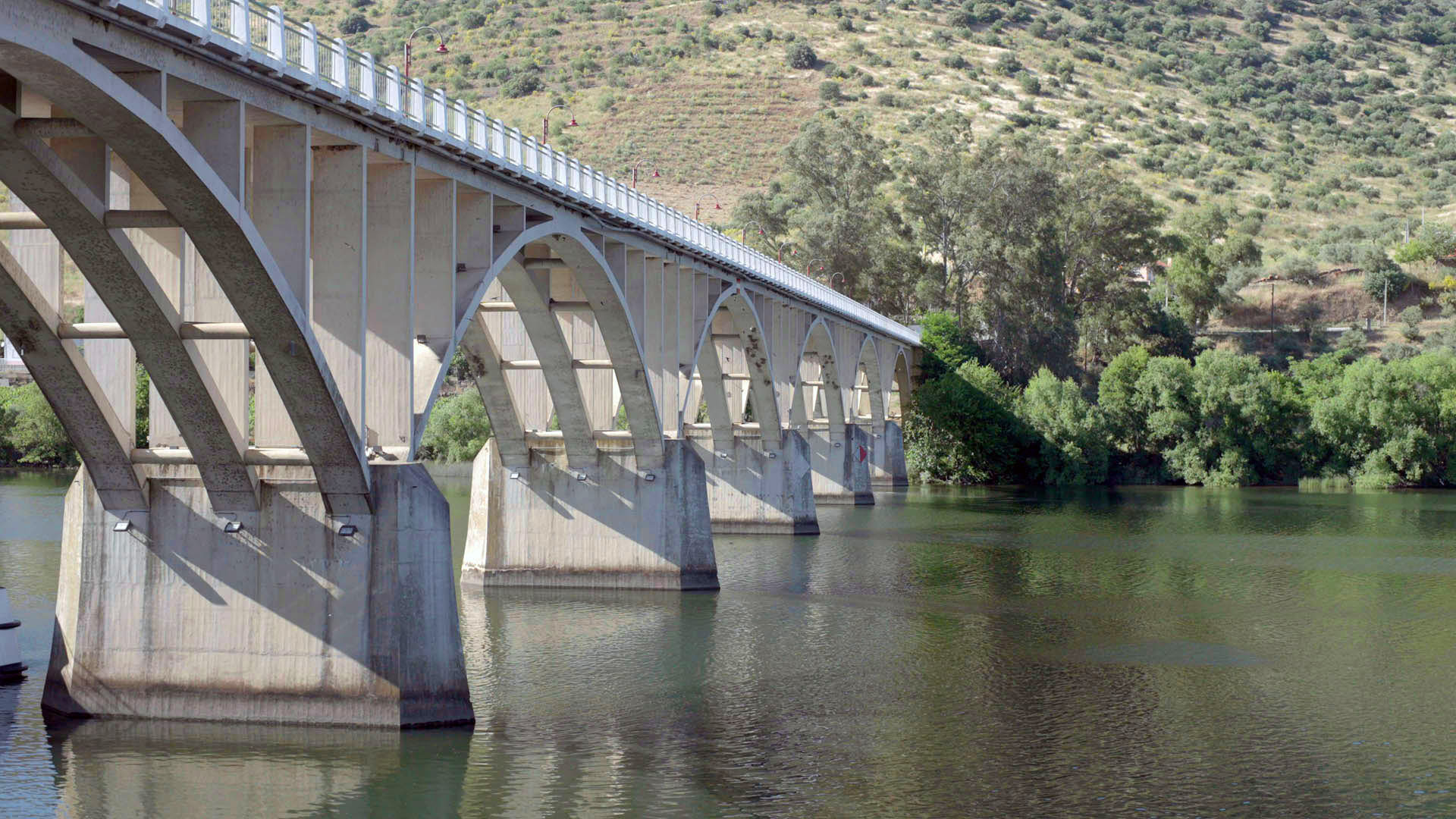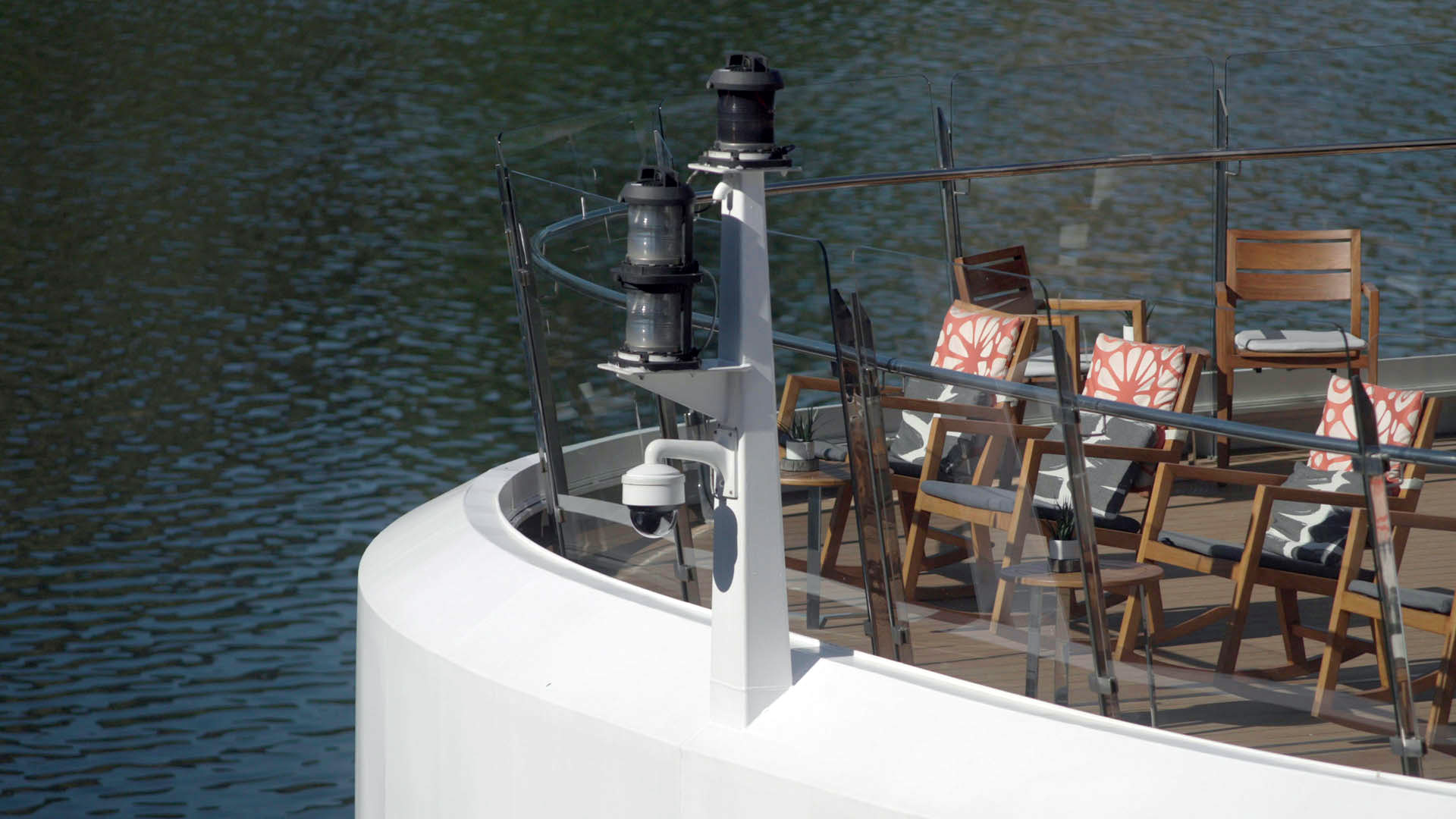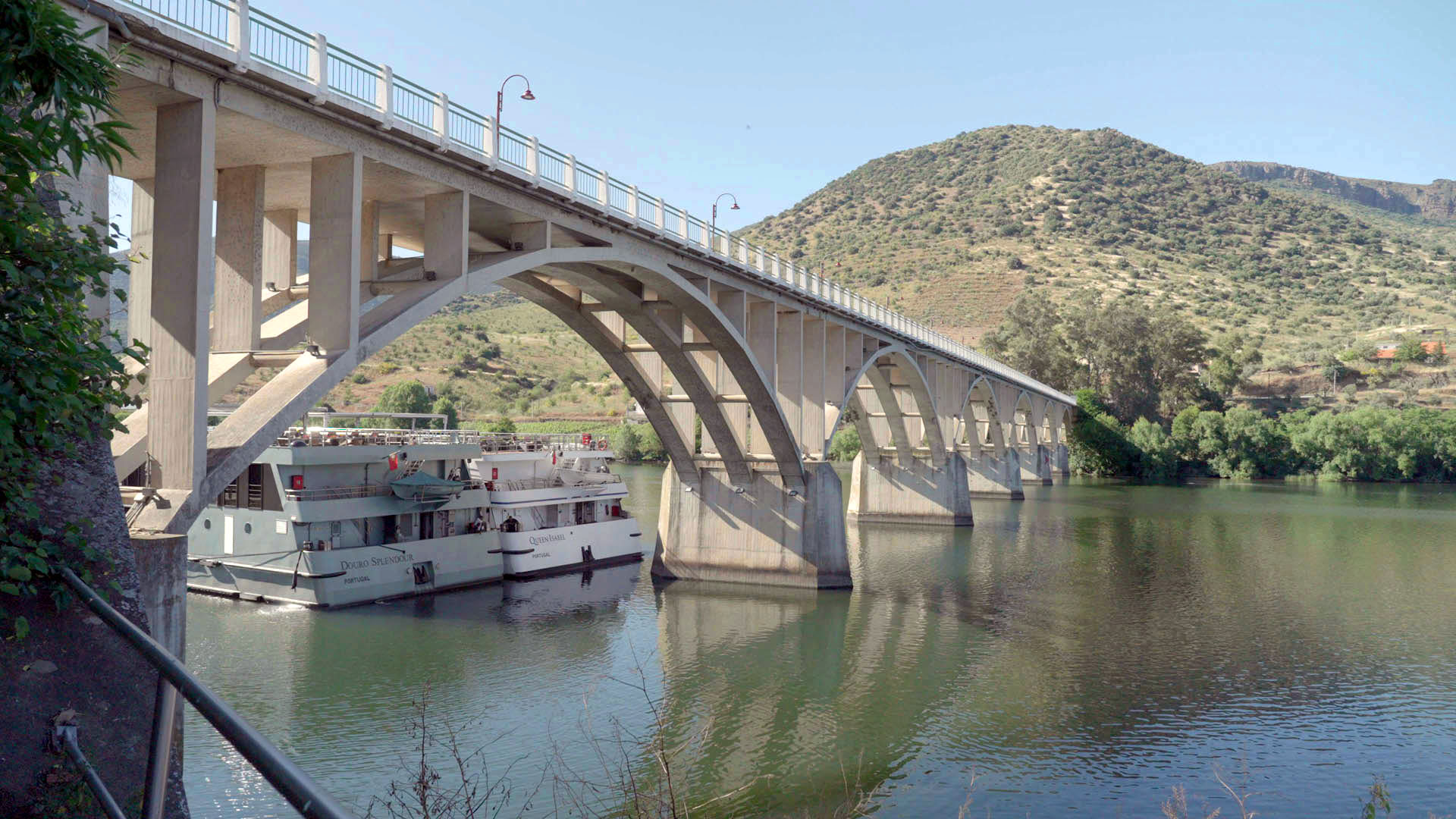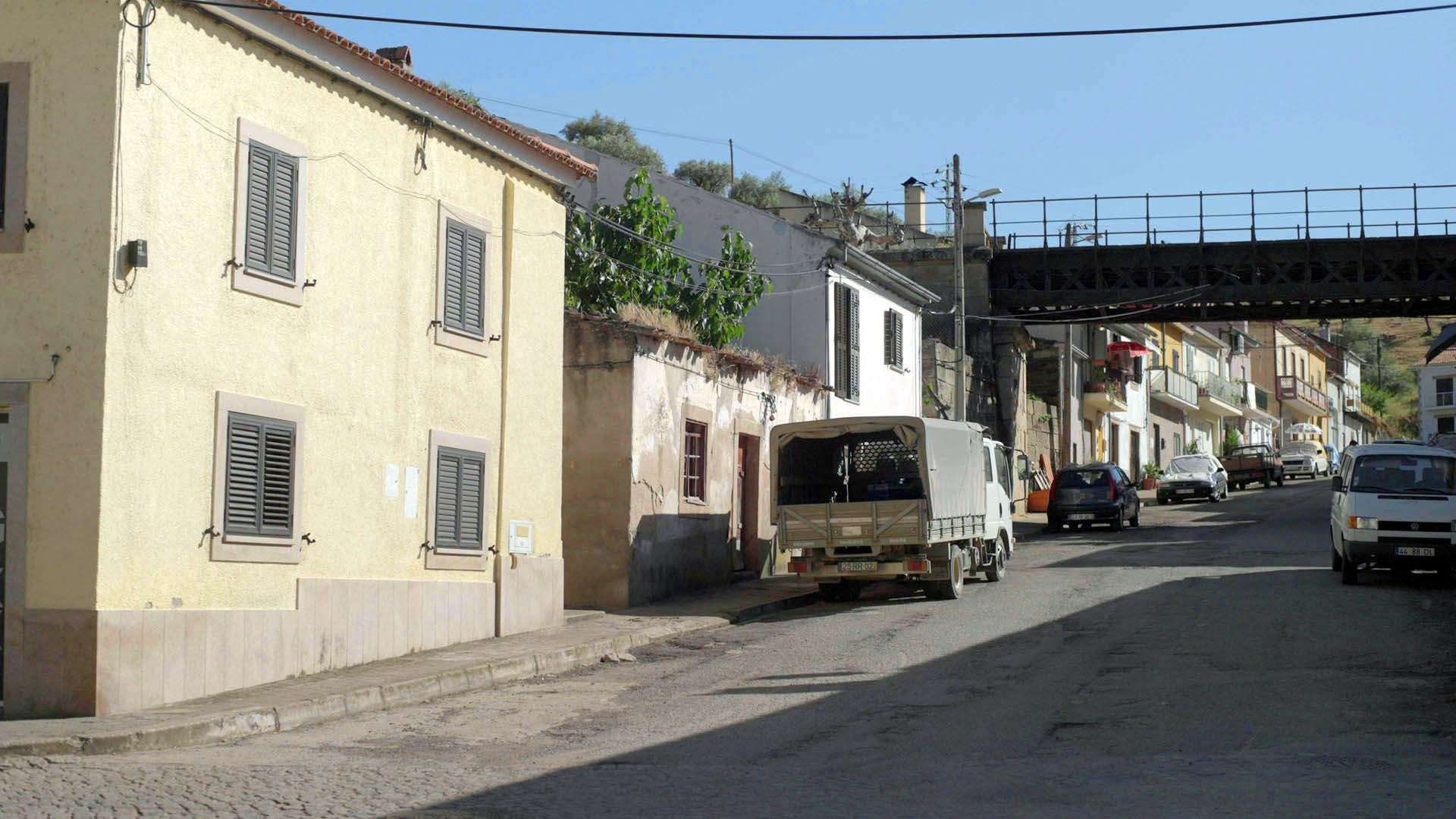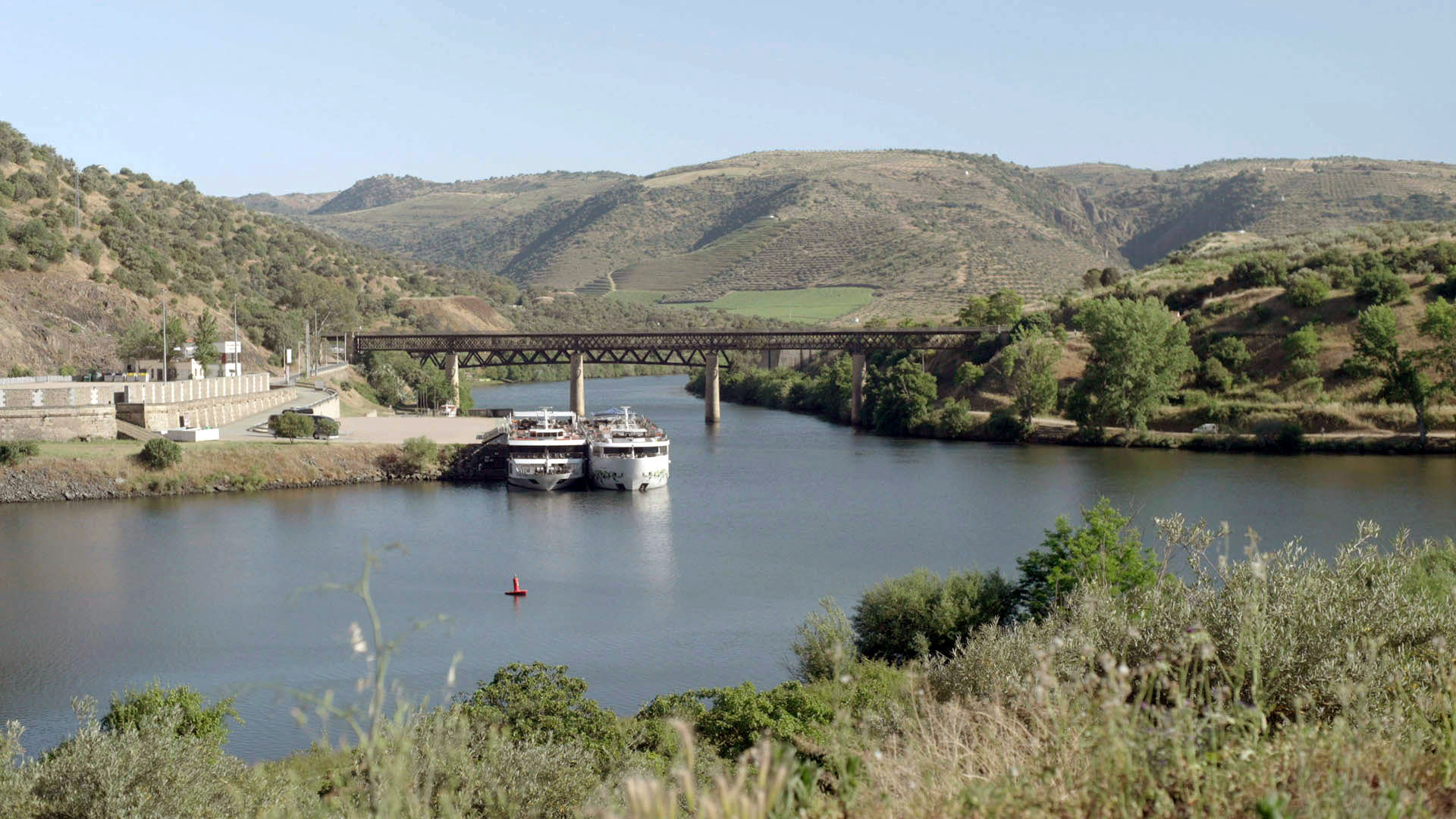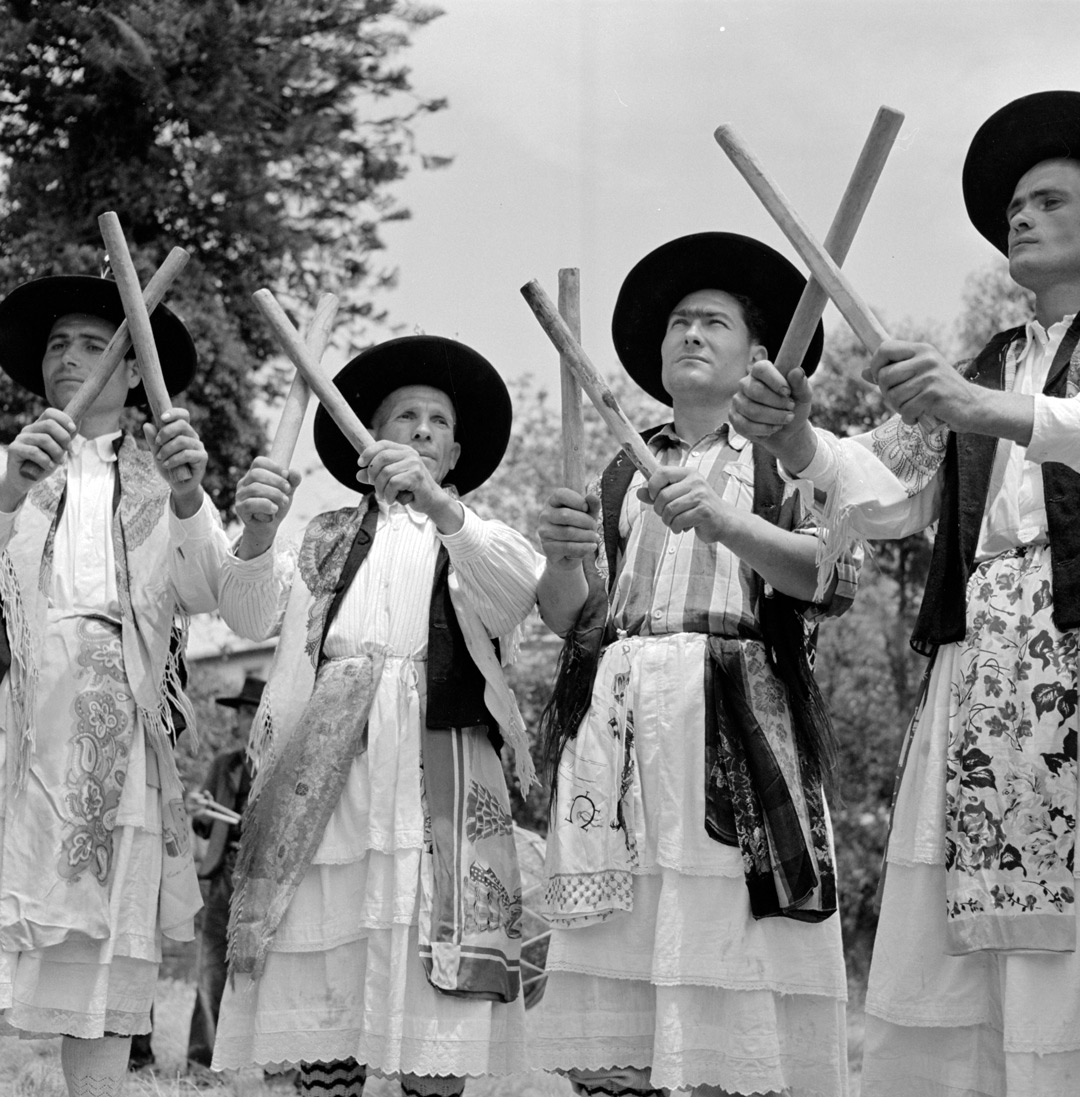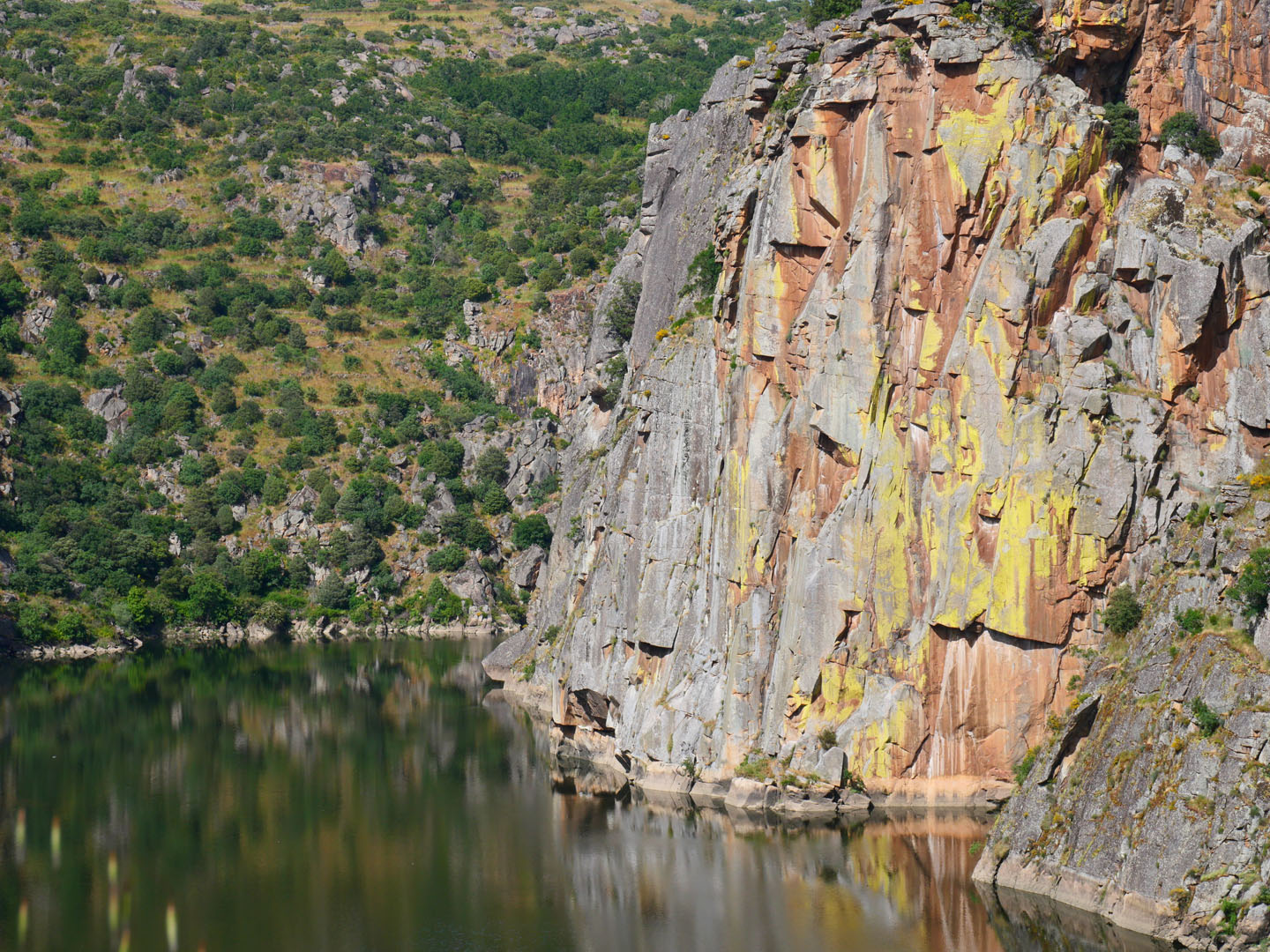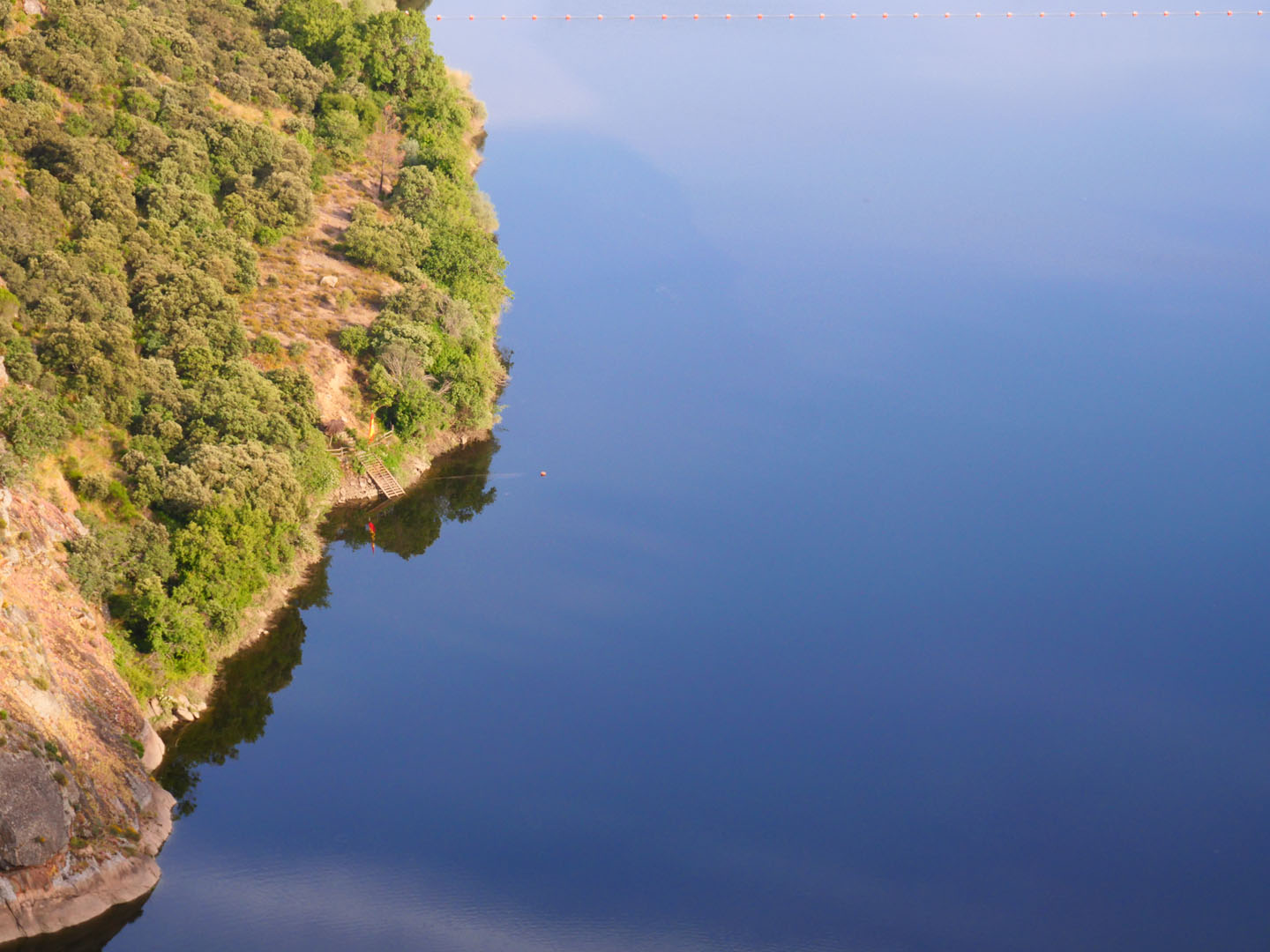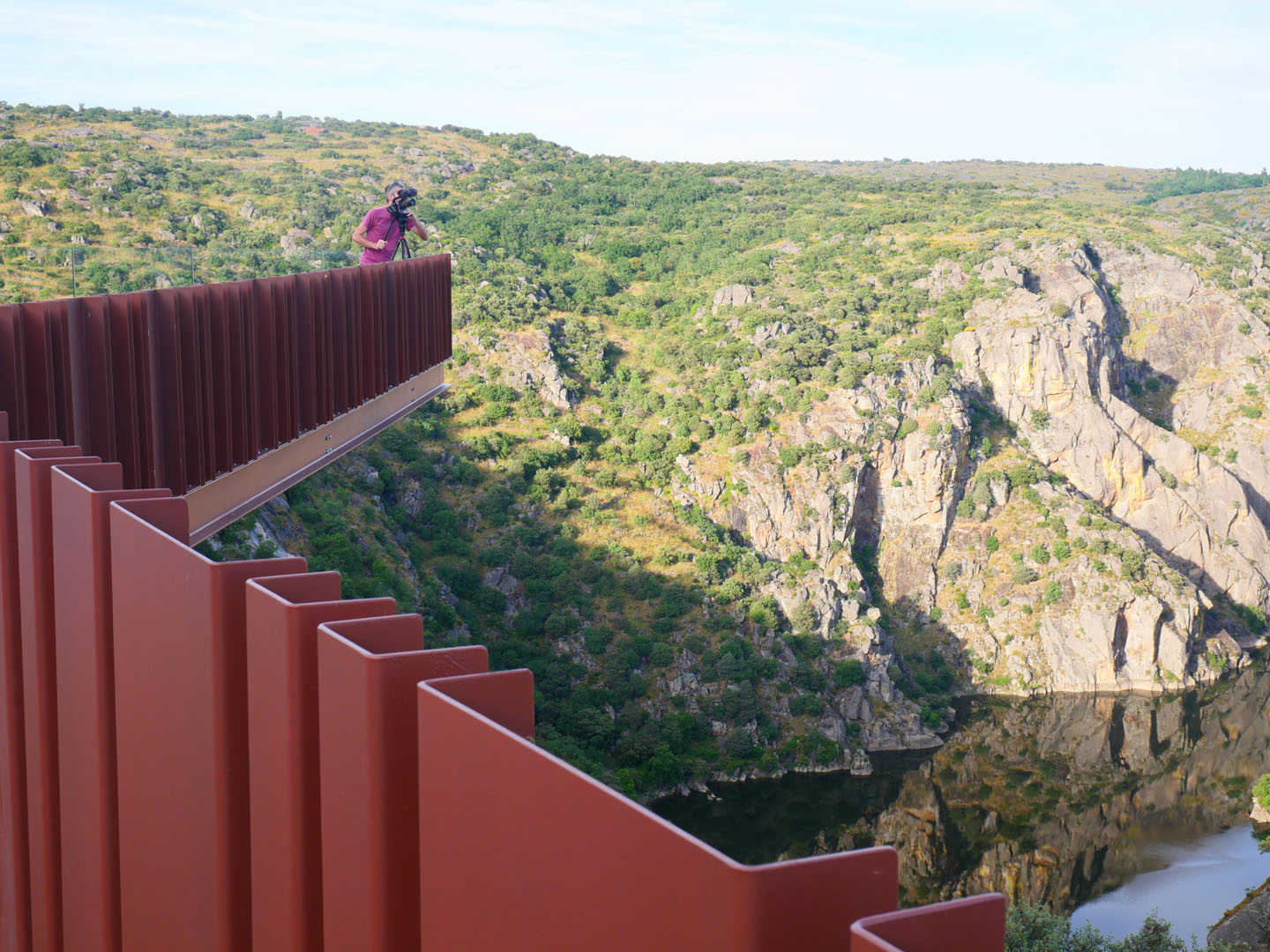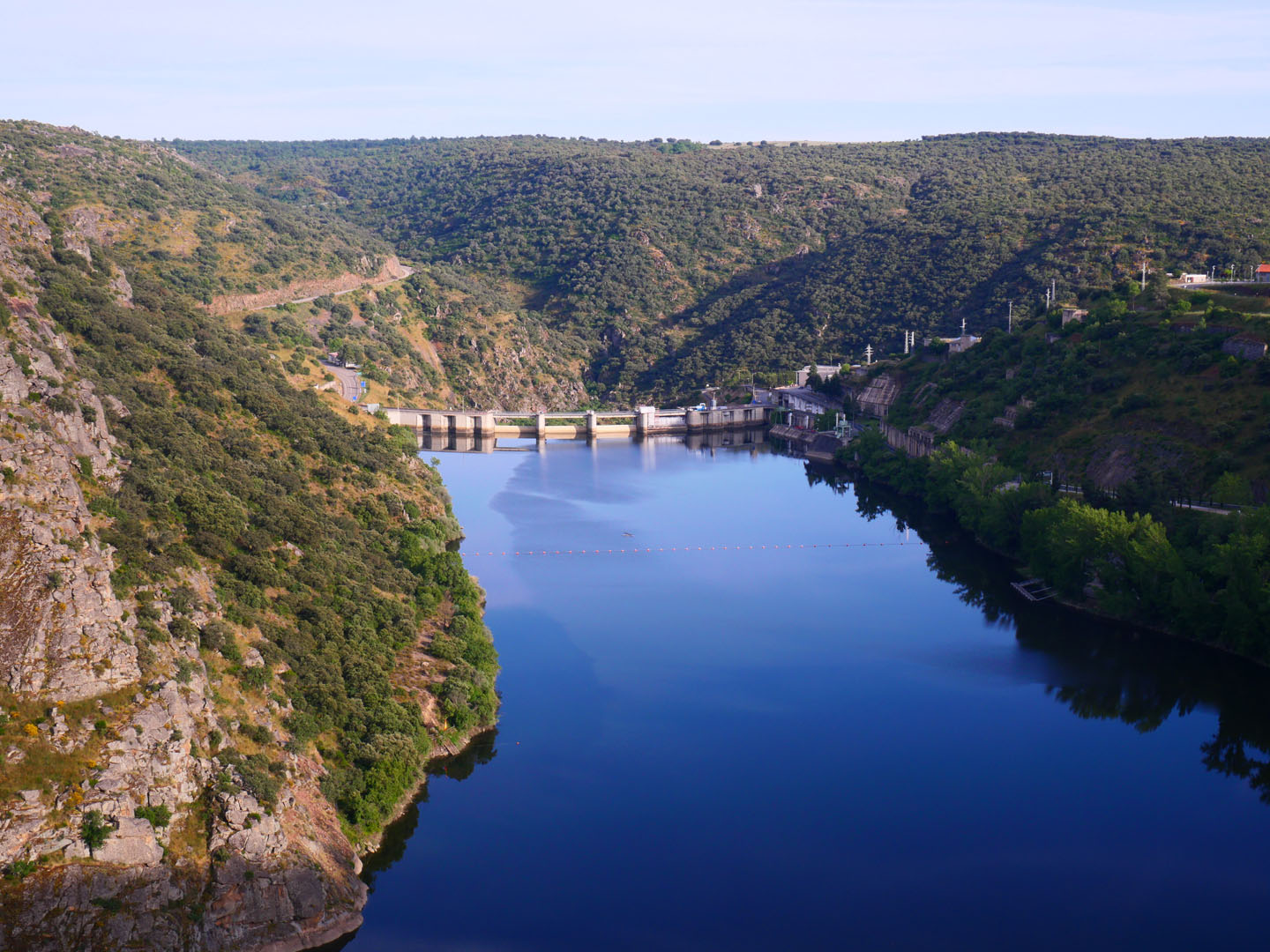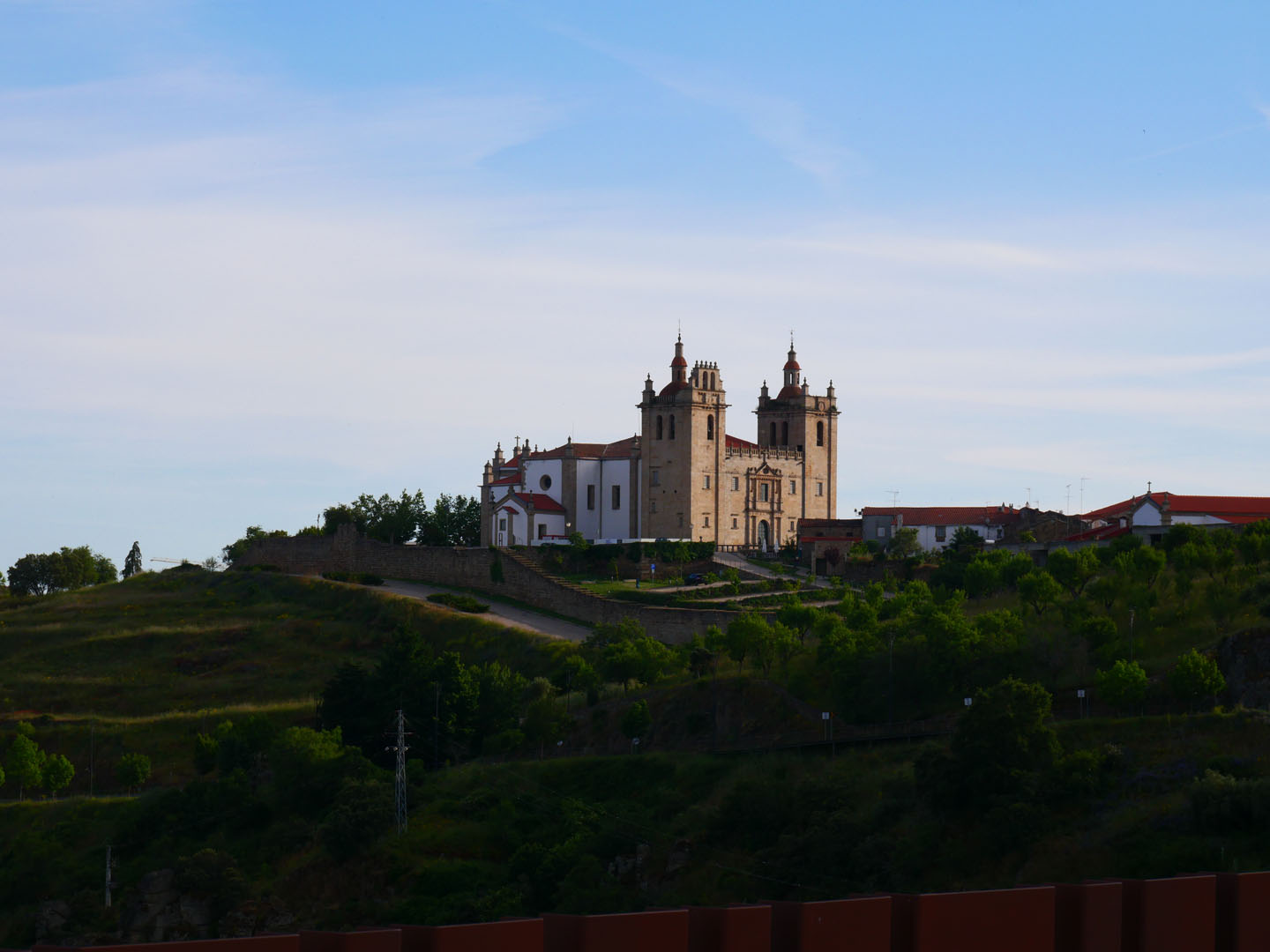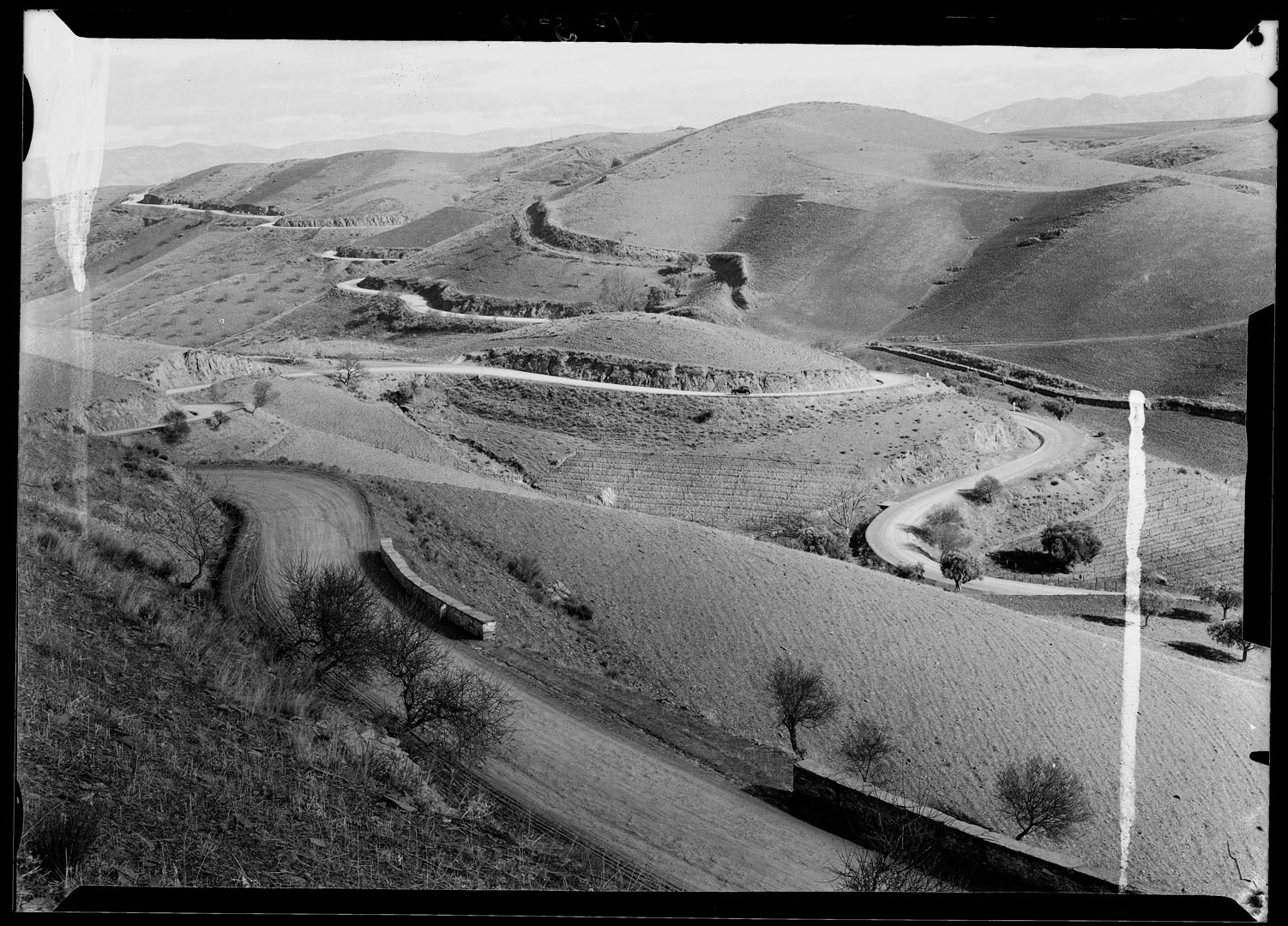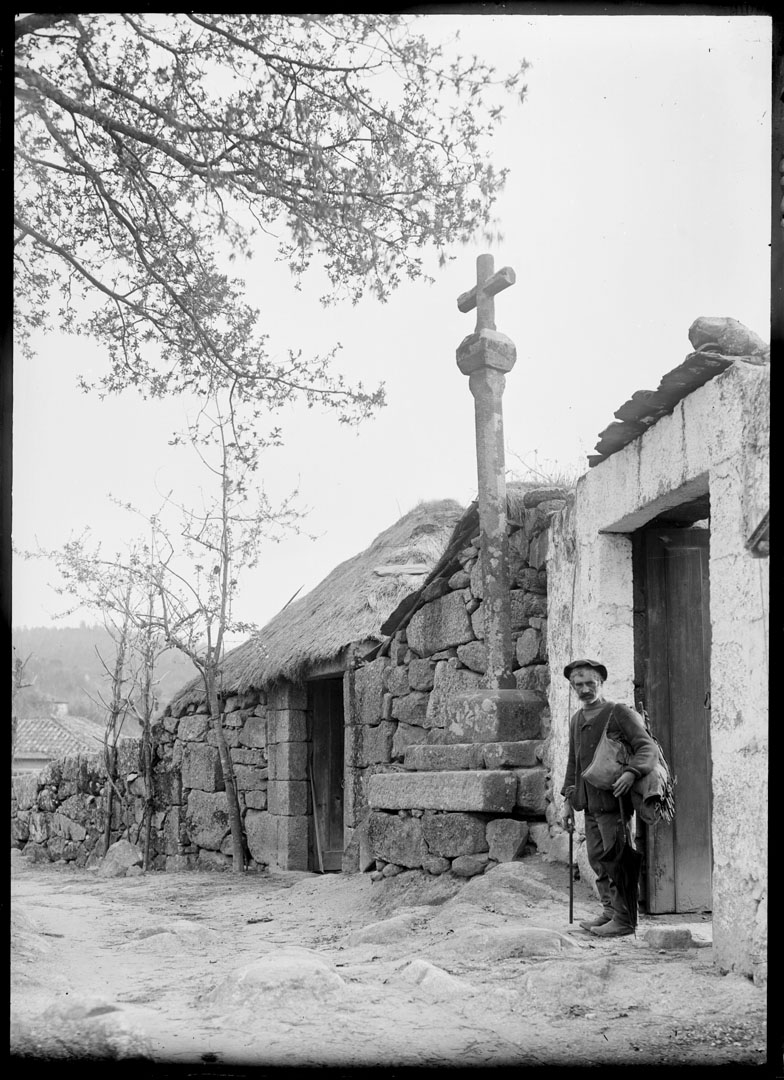
Douro navegable
208 kms in all, between vineyards, the open sails of old flat-bottomed wine boats and the eternal light from the West that leads us to the river mouth. The starting point is Barca d’Alva, and this is where O Douro Illustrado (1876) begins, a gem of Portugal’s bibliographical heritage whose thirty or so prints invite us to sail along the Douro.
Douro ilustrado
En Douro ilustrado, el vizconde de Villa Maior quiere descubrirnos un país privilegiado:
«Travellers who wish to follow the river Douro along all its navigable course, will be obliged to take the wharf at Barca d’Alva, near the Spanish frontier, as their embarkation point and descend, delivering themselves up to the mercy of the current and the skill of the steersman».
Visconde de Villa Maior
Douro illustrado. Album do rio Douro e paiz vinhateiro
Porto: Liv. Universal de Magalhães & Moniz, 1876
Barca d’Alva
«El viajero que quiera recorrer toda la extensión navegable del Duero tendrá que ir al punto de embarque del muelle de Barca d'Alva, cerca de la frontera con España, y descender el río a merced de la corriente y de la pericia del barquero».
Visconde de Villa Maior
Douro illustrado. Album do rio Douro e paiz vinhateiro
Porto: Liv. Universal de Magalhães & Moniz, 1876
Miranda do Douro
We continue our journey, stopping for a while in Miranda do Douro and reflecting on the words of the universal writer José Saramago:
«In Miranda do Douro, for example, no-one would be able to get lost. Go down the Costanilha Road, with its houses from the 15th century, and before we’ve even noticed we have passed by a city wall and we’re outside the city, looking at the huge valleys that stretch before us westward. A great medieval silence envelops us: what a time this is, and what people.».
José Saramago
Viaje a Portugal. De Nordeste a Noroeste, duro y dorado
[Journey to Portugal. From North-east to North-west, gruff and gilded]
Madrid: Ed. Taurus, 1995

